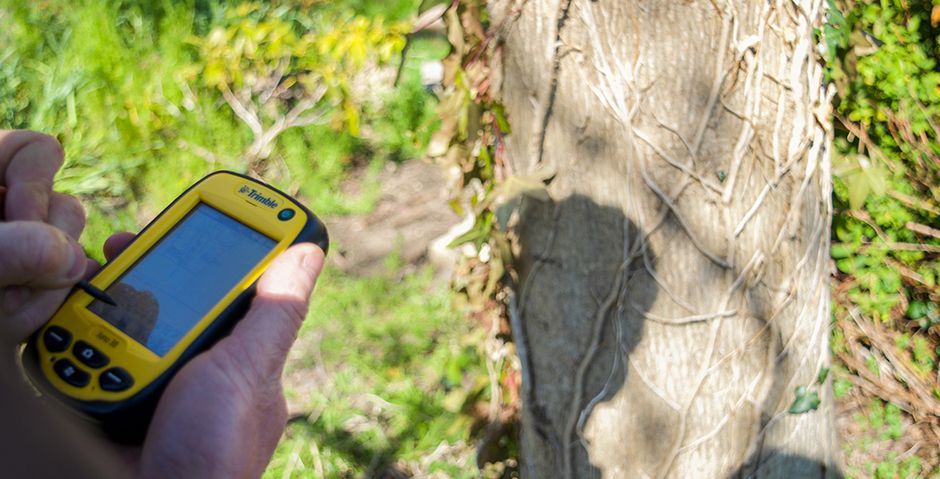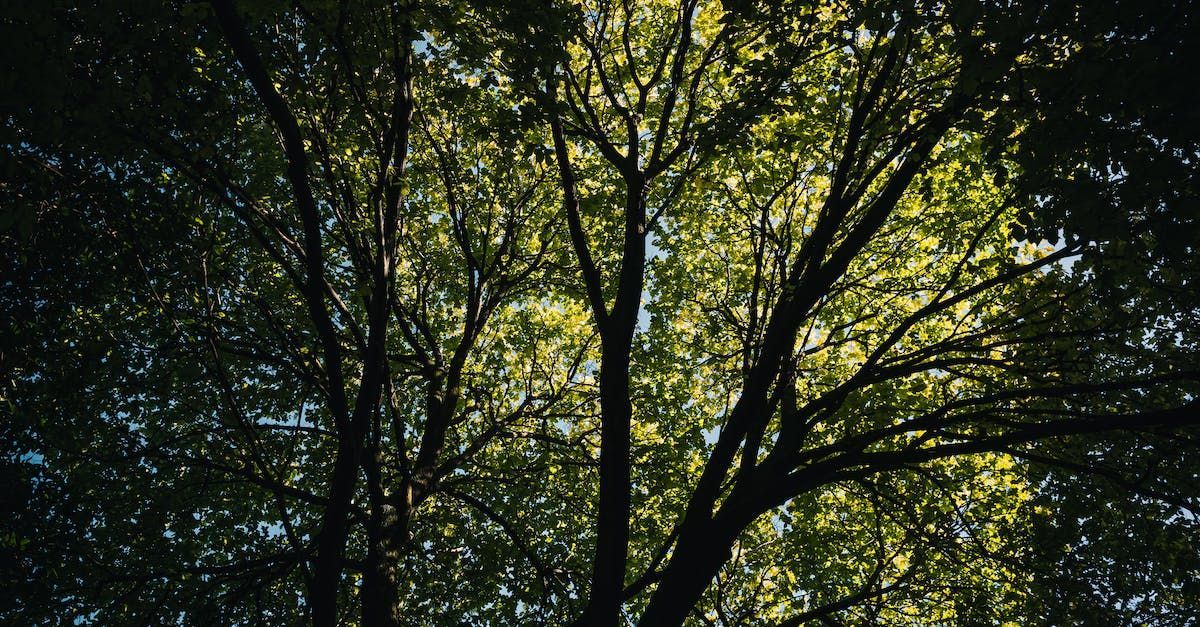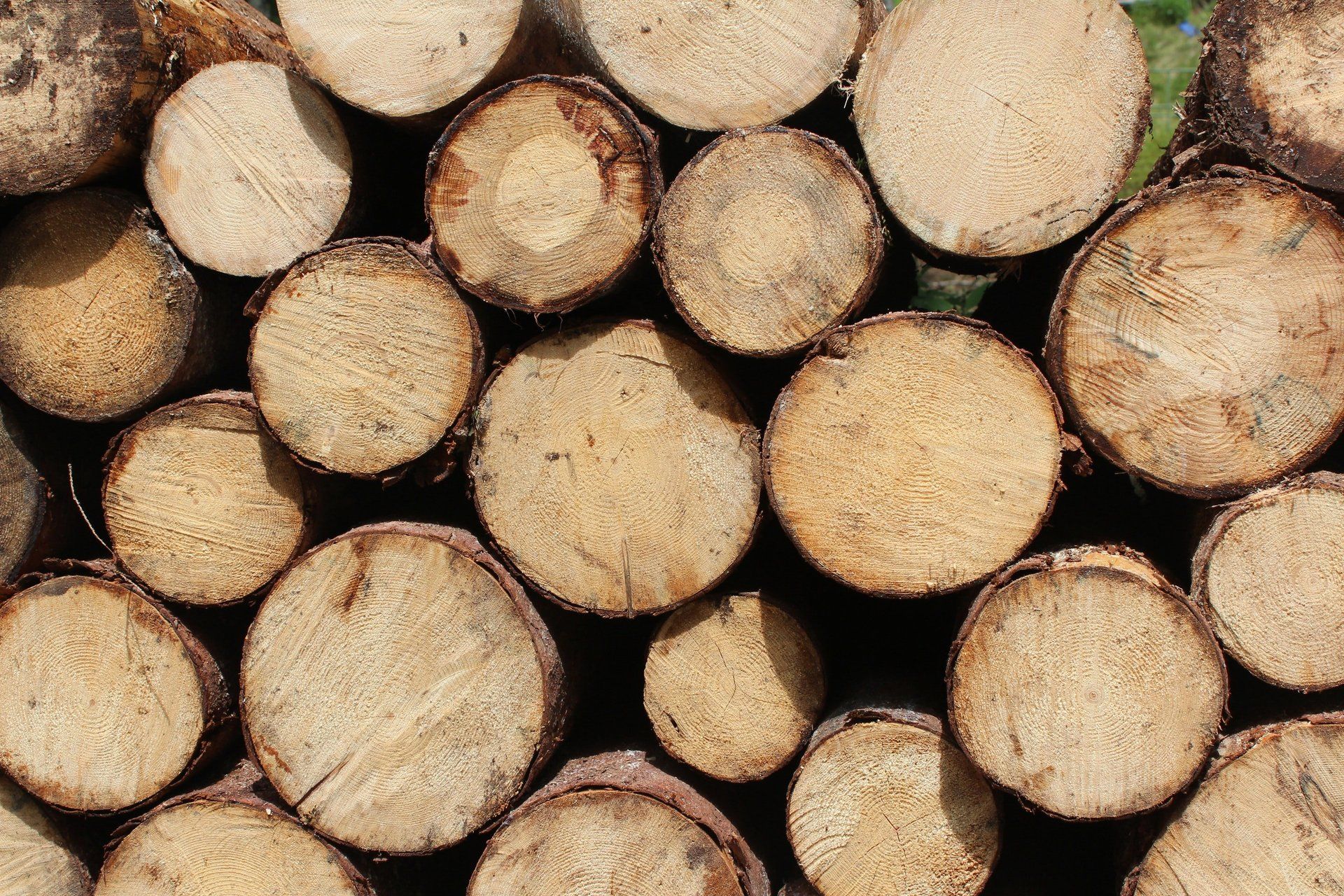The Pros and Cons of DIY Tree Surgery: When to Call in The Experts
When It's Time to Call A Professional Tree Surgeon

Growth is part and parcel of nature and should be celebrated. But there are reasons we need to cut trees, whether for their own health or the safety of the people and property surrounding them.
Pruning small branches or sawing at ground level are garden jobs anyone comfortable with a saw or loppers can handle. Once the job becomes larger though DIY tree surgery comes with a host of challenges.
- Operating above ground level with sharp, heavy tools is inherently dangerous - risky for both the ‘surgeon’ and to those present around the workspace. You need expertise and experience to comfortably and competently operate like this.
- You can do more harm than good. Pruning your tree incorrectly could do long-term damage, or even kill it off entirely. It could also allow for the invasion of disease, or create structural weakness. Expert tree surgeons have this knowledge and ensure their techniques are suitable for the job.
- Legality. If you damage a person or property when navigating the difficulties of DIY tree surgery, are you covered? Does your insurance cover you?
In the blog post below, we’ll explore the topics above and explain why making the decision between DIY tree surgery and hiring a professional tree surgeon really matters.
What is DIY Tree Surgery?
Tree surgery is the practice of cutting, treating, or removing trees. It might entail trimming, felling, or planting. It is a job undertaken by a professional - hence the description ‘DIY tree surgery’ for any non-professional who wants to undertake similar management of their tree or trees.
Typically, someone undertaking DIY tree surgery has decided that they have a problem tree - whether it has suffered storm damage, grown in a way to cause potential harm to their property, or just needs trimming at the top to allow for more light into their space.
Basic DIY Tree Surgery How-To
If you’re looking to remove a tree, there’s a basic technique. First, you’ll want to saw or trim off the small branches. Second, utilising a second pair of hands at ground level, securely tie off larger branches to be removed, and loop the rope over an adjacent strong branch, before passing the rope end down to your helper on the ground. Then saw until the branch breaks loose, and your helper on the ground should be able to lower it safely down to ground level. Safety concerns here are biggest surrounding tying off the branch which is being severed - if the branch isn’t secure it will plummet to the ground uncontrolled, putting your helper and any person or property in the vicinity at risk.
Useful DIY tree surgery tools
The basic tools of tree surgery include a good quality chainsaw, hand saws and an axe - as well as a stump grinder for making the tree offcuts manageable. You could then add to this kit list with pole saws and other equipment. But, absolutely non-negotiable bits of kit are your safety gear - and climbing equipment too, if you’re moving from ground level.
Why choose Professional Tree Surgery?
A professional tree surgeon will assist in all of your tree issues, from pruning to removal - but they can also be called on for planting and for tree surveys, to assess the health of your tree.
Another useful service that experts offer is tree stump grinding. Need work on a smaller scale? Tree surgeons often cut hedges, too!
Specifically, tree surgeons can perform crown reductions and crown lifting as part of pruning. They can complete tree pollarding, deadwooding, planting and transplanting, and even be there for consultation and planning - whether as part of a smaller-scale domestic landscaping job or for a larger corporation or business premises.
You will likely choose professional assistance due to their expertise and equipment, as well as for the time it will save you. Investing in someone with experience and expertise better ensures success and safety for your job, and a tree surgeon with certification and licensing will have insurance too, for any unforeseen outcomes.
Additionally, a tree surgeon will likely come fully equipped with extra tools, techniques and tricks for any unexpected issues that arise, and with the safety and climbing gear they need to undertake the job safely. Tree surgeons often work in teams of 3 or 4 to complete work safely, quickly and efficiently.
As well as seeking a quote before you hire them, it’s always great to check out a professional’s customer reviews and testimonials - it’s a great insight into how they work, and their personality.
Advantages of DIY Tree Surgery
There is the potential for cost saving if your job is small - especially if you already have all of the equipment you’ll need to safely perform your task. There’s also that ‘pat on the back’ sense of personal satisfaction!
On top of these factors, there’s also the fact that you’ll only have your own diary to work around - meaning you’ll likely be able to take action sooner.
Disadvantages of DIY Tree Surgery
There are definite hazards to tree surgery - even for experienced professionals -so the potential for personal injury is not something to discount.
As well as risks to your own safety, you risk hurting others, damaging property, and damaging the tree itself, if you aren’t well-versed in safety protocols and also knowledgeable about trees.
If you should hurt someone else, or damage property, there are definite legal and insurance-based considerations that you should be aware of that you could fall foul of.
Having to call in a professional tree surgeon to help resolve problems caused by DIY tree surgery can cost more than calling in a professional tree surgeon in the first place!
Benefits of Hiring a Professional Arborist, or Tree Surgeon
You’re paying for knowledge and experience, as well as their time. A professional arborist has expertise in handling complex or hazardous situations, so they know how to get your job done as safely and securely as possible.
They also have all the right equipment! Instead of making equipment work for an unsuitable job, they have an extensive tool kit to get the job done most efficiently.
They are accountable to industry standards, and will come with professional insurance and risk mitigation - because, again - they are the experts.
Cost Comparison and Value Analysis
Cost is always a complex conversation, because there’s the upfront cost to consider, but also the long-term value.
If you do it yourself and the outcome isn’t ideal, will it need doing again in a year? Even worse, might you do more damage than good, and need to call an expert in for a more involved job?
You should also factor in your time - learning the best ways to complete the job, the proper ways to use the safety equipment, climbing gear and tools themselves - and then the time to complete the job. Does all this amount to a cost saving?
Decision-Making Factors: When DIY Is Viable and When to Hire Experts
There are plenty of minor tree surgery pruning jobs that are perfectly doable for a keen DIY-er. But be honest with yourself, and know when to call in expert help.
The first step is to assess the tree condition and the extent and complexity of the job.
Secondly, honestly evaluate your skillset, as well as your time availability and your comfort with risk.
Thirdly, set a limit for when you’ll call in expert help.
Attempting DIY tree surgery jobs is a risk to your safety because you’ll be working at heights, using powerful equipment, and dealing with unpredictable, heavy loads. Even if the job seems simple, you could permanently damage or kill a tree if you go in without the correct knowledge.
Our successful professional tree surgery
We’re proud that our clients often leave glowing reviews, and sometimes it’s useful to showcase them to illustrate examples of the sorts of jobs we undertake:
“We needed to remove a cedar that had completely outgrown the garden, as well as prune a couple of others, so reached out to several local tree surgeons. I liked Chris when he visited the site and his quote was competitive, so we went with him, agreeing an appointment six weeks or so later. Chris' team impressed from the moment they arrived - they were polite and confirmed what I wanted doing, then quickly set to work. The work was completed much faster than I expected and they did a really good job of clearing up, leaving things as they found them. They even offered views on what we might do with the space created by the tree's removal - we wanted a hedge - including recommending a supplier, which was really useful. I thoroughly recommend these guys!”
- T Eckersley
As you can see, a tree surgeon can offer value beyond what you’d expected, such as further advice and expert insight, as well as delivering a polite, personable and thoughtful service.
Still wondering whether to go for DIY Tree Surgery or hire a professional Arborist?
We explained above that hiring professional tree surgeons ensures safety, security, insurance cover and a successful outcome. If you’re prepared to put in the work to research the best pruning methods for your tree, hire or buy all of the correct safety kit, undertake training on all necessary tools (for chainsaws in particular it’s advisable to get some expert instruction), and purchase and learn to correctly use climbing gear, then perhaps you’re still happy to consider minor tree surgery.
But if you don’t have the experience and time, it’s advisable to hire a professional to complete your tree surgery job.
How to work out if your tree needs help:
Healthy trees look healthy, with strong branches, dense bark, and vibrant leaves. An unhealthy tree might have deformed or discoloured leaves.
The branches of a tree needing attention may radiate from the trunk in a ‘wonky’ fashion, looking spindly, misshapen or all protruding in one direction. Bark shouldn’t be breaking off, and roots shouldn’t be exposed or damaged. Keep an eye out for insect invasions, and signs of disease such as cankers or unusual growths on bark and leaf.
Keep your trees as healthy as possible by watering, mulching and fertilising, as well as sticking to a schedule of regular pruning (make sure you know when and how to prune the species of tree in question, as many trees respond better to pruning at certain times of year).
Any doubts about the health of your tree? Get in touch with an expert! Contact us today for a quote, and some expert insight.









